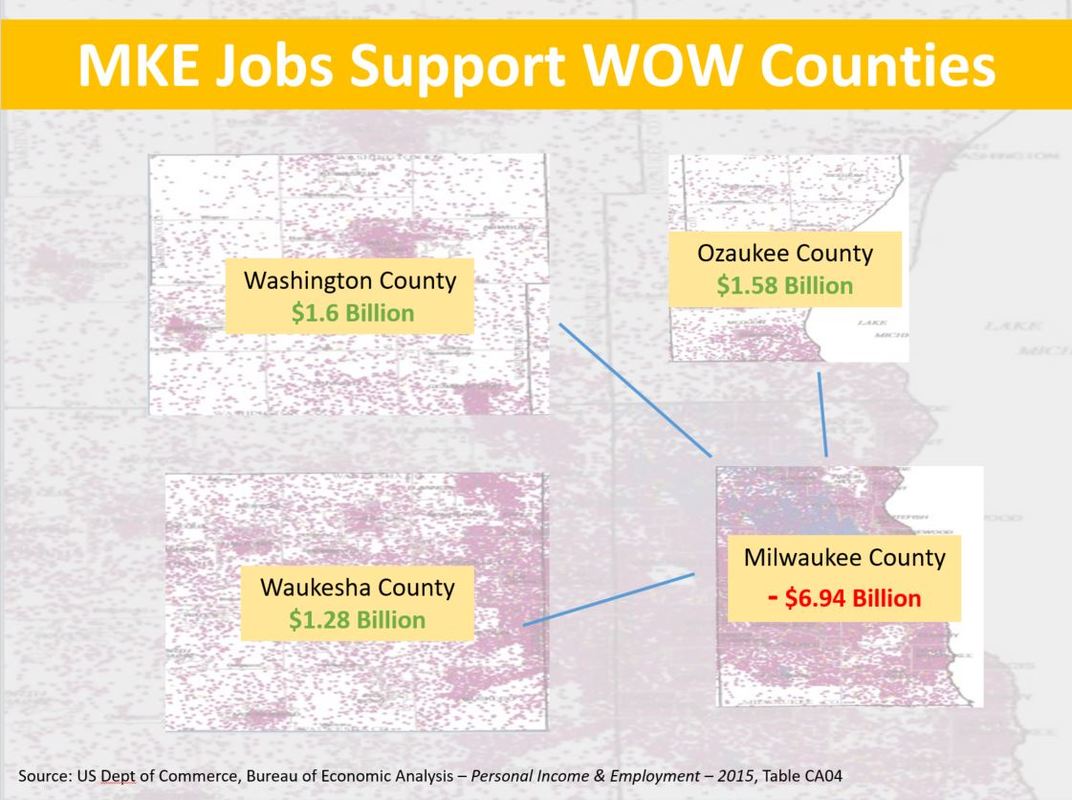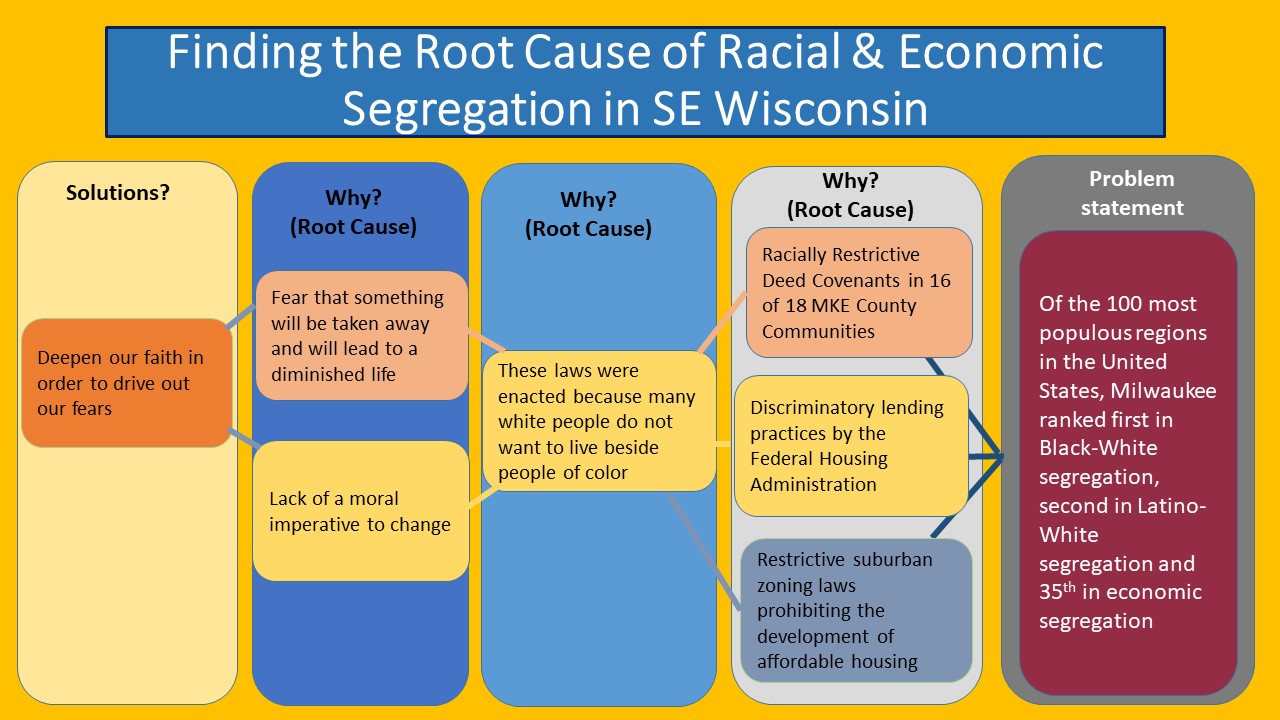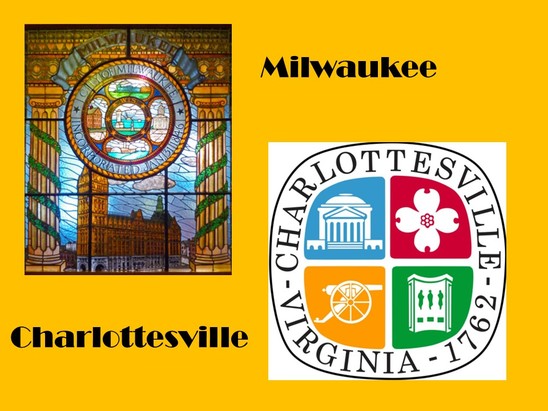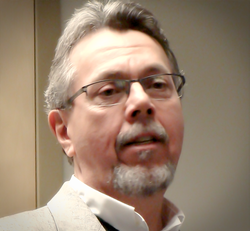Either we act out of fear and watch as another generation suffers the sins of racism and discrimination or, we act out of faith and a belief in generosity and abundance and watch as all prosper when discrimination is reduced. While accurate and poignant, the words in the six phrases below were written in 1979 – nearly 40 years ago – in a Pastoral Letter on Racism which was adopted at the time by the United States Catholic Bishops. These words ring as true today as they did when originally written during generations past.
I’ve written before on the sins of discrimination in our region and don’t need to go into it again here. What I do want to talk about is what would the region look like if we were to eradicate discrimination and racism? A recent study by the Chicago Metropolitan Planning Council looked at the Cost of Segregation which if reversed in the Chicago region, would save hundreds of lives and billions of dollars – each year. What we see in this particular study is that Chicago and Milwaukee are quite similar. Both are ranked in the top five metro areas in terms of racial and economic segregation. The following numbers reflect savings in the Chicago region based upon the study, but we must assume that the Milwaukee region would reap similar benefits if the regional gap between white and African-American economic segregation was brought down to the national median. Savings would include:
What this and many other studies shows is that when racial and economic discrimination is reduced (or eliminated) everyone benefits. The region as a whole would realize increased income, saved lives and see new opportunities open up. We have built racial and economic discrimination into our institutional structures out of fear. Yet, if discrimination was reduced, everyone would be better off. So, why don’t we do this? Why do we see a 40-year-old document describe the effects of discrimination so accurately that it could have been written today? I believe we do so because of a false sense of scarcity. We have completely bought into the idea that our economy thrives on a zero-sum equation: if someone else “wins” - I will “lose”. And it is this sense of win-lose that drives us to support the subtle racism inherent in our institutions and to ignore the pleas and plans of many to end discrimination. In the gospel stories, Jesus wanted to feed the crowd of thousands with the food that was on hand. His followers saw only scarcity in the five loaves and two fishes they found. Jesus had another idea. He saw the world as one of generosity and abundance. He asked all to sit and to share what was available. All were fed and 12 baskets were filled with the leftovers. I think this analogy holds true about eliminating discrimination. Either we act out of fear and watch as another generation suffers the sins of racism and discrimination or, we act out of faith and a belief in generosity and abundance and watch as all prosper when discrimination is reduced. That is the choice in front of us. Which do you choose?
0 Comments
Milwaukee houses the region’s poor and enriches the pocketbooks of the region's workers. Rather than being denigrated, Milwaukee should be celebrated for its generosity of spirit. Milwaukee is much maligned by politicians who aren’t from here; by pundits who think they can make a name for themselves denigrating the city; by suburban residents who fear and don’t understand the city and sometimes by the city’s own residents. Milwaukee is in some ways an enigma. It is a city that opens its arms and houses the vast majority of low income families from within the region and yet, it is a city that pumps out Billions of dollars on an annual basis in support of the very suburban communities that turn their backs on Milwaukee’s needs; exhorting the city to solve its own problems.
Here is but one glaring example: In January of 2016, state representative Bob Gannon issued a press release stating that “Milwaukee…is the anchor holding back the ship of state as far as jobs is concerned.” In this press statement released to the Wheeler Report Gannon went on to say, “The state’s economic numbers… would certainly be significantly improved if only our largest city would clean up the murder and mayhem on their streets.” This seems to be a “dog whistle” way of saying that the black residents of Milwaukee are holding back the economic development goals of the state because most of the violent crimes in the city are black on black crimes. The idea that Wisconsin ranks 33rd in the nation in job growth; has lost manufacturing jobs during the same period that the state spent more than $300 Million on tax credits for manufacturers; and has seen wages decline all because of the violence in the city of Milwaukee is scapegoating at its worst. Gannon isn’t the only Wisconsin elected official to brow beat the city of Milwaukee. In fact, UW Madison professor Katherine Cramer wrote an entire book on the Politics of Resentment in Wisconsin, documenting the fear and distrust small town and rural populations feel towards their big city counter parts and how unscrupulous politicians exploit those fears in order to advance their own careers. Milwaukee is a wonderful city, but it is not without its problems. However, from my perspective many of the problems of Milwaukee are rooted in the sins of the region. As I have written before, the sins of racism and discrimination have packed 72% of the four-county region’s poor into the city of Milwaukee, while the sins of fear and greed have created structural barriers, stunting the progress and economic growth of entire populations of color. And, even with those barriers that have been deliberately erected and which have been in place for generations, the city of Milwaukee not only thrives, it feeds the economy of the region and the state. If we look at commuting trends across the region we find that 50% of Washington and Ozaukee county workers commute out of the county for work, while 38% of Waukesha County residents do the same. Where do they go? The likely answer is Milwaukee. This is no surprise because Milwaukee produces nearly 2,000 jobs per square mile while Washington County has 113 jobs and Waukesha County has less than 400 jobs per square mile. The most telling data comes from the United States Department of Commerce, Bureau of Economic Analysis. Here we find that Milwaukee jobs subsidize the incomes and lifestyles of the surrounding communities, to the amount of nearly $7 Billion annually. That is money leaving Milwaukee and going back to those counties whose employees commute to work. This is money used to support the housing, schools, and amenities of suburban communities. This is money used to fund the retirement and health care of an aging suburban population. In many ways, Milwaukee embodies the gospel call to treat others as we would like to be treated. Milwaukee houses the region’s poor and enriches the pocketbooks of the region's workers. Rather than being denigrated, Milwaukee should be celebrated for its generosity of spirit. Many white people don’t want to live beside people of color. When said this directly it seems obvious. A community does not create laws and erect barriers with the express purpose of keeping people out unless they just don’t want to live next to them. What is the root cause of the racial and economic segregation in southeastern Wisconsin?
In the world of process improvement, there is a tool used by practitioners to identify the “root cause” of a problem. The tool is called the “5 Why” exercise. To do this you basically define a problem and then ask “Why” five or so times until you identify the core element driving the issue. I use this 5 Why exercise in my work when helping communities understand the root cause of the issues they face such as an increase in child protective service actions or lackluster reading scores. I thought it would be helpful to apply this tool to the problem of racial and economic segregation in southeastern Wisconsin. A picture of the completed exercise is provided at the head of this article. The first step of this exercise is to clearly and factually define the problem. The problem statement I used is this: “Of the 100 most populous regions in the United States, Milwaukee ranked first in Black-White segregation, second in Latino-White segregation and 35th in economic segregation.” The next step is to ask “Why”? Why does Milwaukee rank so high among the 100 most populous regions of the country? I came up with three reasons for the ranking:
From my perspective, the answer is the same for all three: Many white people do not want to live beside people of color in southeastern Wisconsin. And now the hard question: Why do so many white people not want to live beside people of color in southeastern Wisconsin? Before I answer that question from my perspective I am compelled to provide a few caveats. First, this is not a condemnation of all white people. And it certainly isn’t an attempt to create a sense of guilt or to point the finger of blame. All I am trying to do is take a hard and honest look at the root cause of discrimination in southeastern Wisconsin. When I search my heart, I cannot identify any core reason for the restrictive laws other than what I have stated: Many white people don’t want to live beside people of color. When said this directly it seems obvious. A community does not create laws and erect barriers with the express purpose of keeping people out unless they just don’t want to live next to them. If we aspire to be one community, then eventually we must answer this critical question: What is the root cause for why white people don’t want to live beside people of color in our region? I can come up with two reasons. First, I think people are afraid. They believe that something will be taken away from them and some part of their life will be diminished if they live and raise their children in a racially and economically integrated environment. Second, there is no real sense of a moral imperative. The fear people feel overrides any faith dictate to “love my neighbor as myself” or to put faith into action. In 1957 when Dr. Martin Luther King founded the Southern Christian Leadership Conference, he did so with the stated purpose of working to save the soul of America. That was King’s analysis of the solution to racial and economic discrimination sixty years ago, and I believe it is the same today. The soul of America is crippled with fear and the faith of America is held hostage to that fear. That, I believe is the root cause of discrimination and segregation in southeastern Wisconsin. We allow our fear to quiet the leadings of our better angels. The answer I believe, is to delve deeply into the teachings of our faith traditions. There, we will find a mandate to love our neighbor as ourselves, said in a myriad of ways by a wide variety of spiritual leaders. When we renew our faith, we will have quelled our fears. When we renew our faith, we will have healed our souls and in the process, we will have healed the soul of America. In Milwaukee and in southeastern Wisconsin, we are on the front lines of the battle against racism whether we acknowledge it or not. My social network feed is breaking over the weekend incidents in Charlottesville. So is my heart. Many have spoken out against the racism inherent in the alt-right march that sparked the violence, and rightfully so. Racism, hate, murder and violence cannot be tolerated. But the unfortunate fact is that all too often, it is tolerated now and has been tolerated in America’s past. Here is a sad litany of some of our racist actions as a people:
It seems easy to condemn the actions of our country in the past. It seems equally easy to sit at our computers and denounce the racists marchers in Virginia from our vantage point of living in the Midwest hundreds of miles from the “front lines”. But, here in Milwaukee and in southeastern Wisconsin, we are on the front lines of the battle against racism whether we acknowledge it or not. The Milwaukee Journal Sentinel recently published a series of articles looking at the similarities between the conditions fermenting the open housing marches in 1967 and those that sparked the unrest in Sherman Park in 2016, nearly fifty years later. Unfortunately, not much has changed and in many instances things have gotten worse. Poverty has deepened, incarceration rates have increased, unemployment of Black males is in double digits and the gaps in education between minority students and white students persist. I have a challenge to all people of good will who want to stand up in opposition to what has transpired in Charlottesville recently and it is this: spend your time and energy working to alleviate the structural racism in southeastern Wisconsin instead. The racism here is much more insidious. We don’t have the easily identifiable evil of Nazis and white supremacists marching in the streets. What we do have is institutional racism hidden behind the doors of civility and carried out in dry and long-standing public policies. We have 72% of all poor people in the four-county region packed into the city of Milwaukee, with little support or affordable housing elsewhere. We have cynical politicians opposing mass transit in the suburbs and suppressing voter registration in predominantly minority communities. Segregation is an evil that must be confronted by all people of faith and good will. We are willing to do so when the evil is far away – in Charlottesville. But it takes a special kind of strength and courage to confront the segregation in our own back yard. When we search our hearts, perhaps we will understand that inaction on this home-grown segregation is tacit approval of its continuation. |
AuthorMichael Soika has been a community activist for more than 30 years working on issues of social and economic justice. His work for justice is anchored by his spiritual formation first as a Catholic and now as a Quaker. Archives
June 2018
Categories |





 RSS Feed
RSS Feed